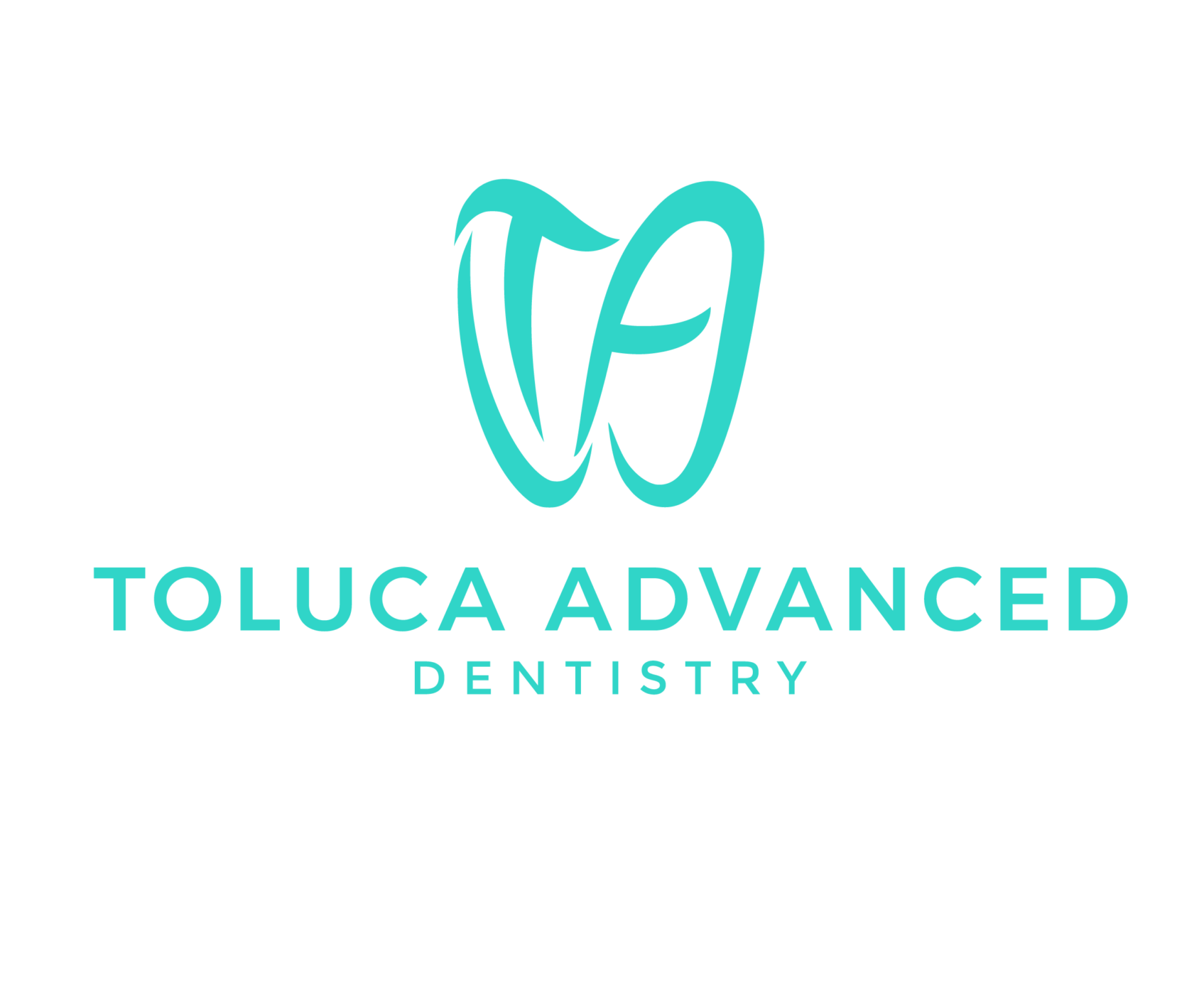Over time, gum disease causes the gums to separate from the teeth, eventually creating a gap between the teeth and the gums. Plaque builds up between the teeth and the gums, weakening the bones around the teeth. Gum disease is a common disease. Many people are in the early stages of the disease, which can be treated with proper oral care, but if gum disease is not addressed, it can cause jaw bone resorption and eventually lead to tooth loss. While the patient’s gums are red, loose and bleed easily, so that blood may spill on the pillow during sleep and sometimes the gums become enlarged, causing bad breath.
Characteristics of a healthy gum
Healthy gums are pink, firm, thin, and have concaves that harmonize with the edges of the teeth and the surface of the gums. It is the skin of the Portuguese and Don gums. They surround the end of the teeth (tooth roots). Gum care is as important as dental care. Gum disease is an infection caused by microbial plaque, which is the sticky layer that builds up on the teeth and gums.
Bleeding gums
Inflammation and bleeding from the gums can be a sign of the onset of gum disease, which, as it progresses, weakens the supporting bone of the tooth, causing the tooth to loosen and eventually leading to tooth loss. Gingivitis, redness and swelling of the gums when biting hard fruit or brushing, persistent bad breath, loosening of one or more teeth, gingival resorption and gaps that gradually are between the teeth. See your dentist for advice on oral hygiene.
Swelling of the gum
Gingivitis (inflammation of the gums) can be treated with simple treatments such as scaling teeth and improving oral hygiene. If the inflammation and infection extends beyond the gums and penetrates deeper into the tissues around the tooth, it is called periodontitis, which results in the destruction of the bone around the tooth, which loosens as the bone destruction progresses.
Types of gum disease
Gingival disease (periodontitis) occurs in both acute (invasive) and chronic forms. The invasive type most often affects young people around the age of 20. In these patients, there is not much dental plaque, but there is a lot of damage. It is said that the cause of this type of disease is more genetic and immunological. The second type is chronic periodontitis and often in the third decade of life occurs after the age of 30 and the most important cause is the accumulation of bacterial plaque. Accumulation of microbial plaque is due to not using a toothbrush and floss or incorrect brushing, so regular examinations and scaling by a dentist is recommended.
Delaying the treatment of gum disease causes the bone and tissue that support the tooth to become involved, causing loosening and, in some cases, painful teeth.
In addition to microbial plaque and poor hygiene, a diet devoid of nutrients and deficient in substances such as vitamins, folate, beta-carotene and minerals can reduce the body’s defenses against infection and cause gum disease, as well as stress and smoking, reduces the body’s ability to fight gum disease, and diseases such as diabetes can exacerbate gum disease.
Smokers are 3 times more likely to develop advanced gum disease than non-smokers, and smoking delays wound healing after gum and mouth surgery. Cigarettes cause brown and discoloration of the tooth structure and increase plaque formation on the tooth surface and caries.
Gum disease and the presence of microbial plaques are risk factors for heart patients with coronary heart disease. Research shows that gum disease doubles the risk of coronary heart disease.
Important tips for preventing gum disease
Brush your teeth and gums. Floss to clean between teeth. Do not forget the back of the teeth, in these parts due to less access, more plaque accumulates.
Change your toothbrush every 3 months, as old fibers remove less plaque.
If you have bleeding gums, do not stop using toothbrushes and floss. Use a soft-bristled toothbrush to prevent damage to your gums. See your dentist if your gums continue to bleed.


